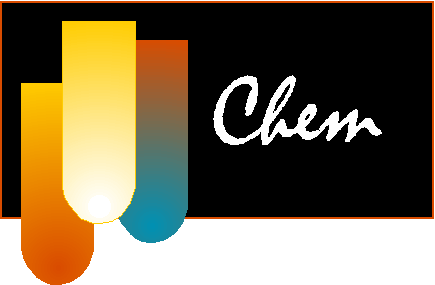 |
 |
|
One of the most difficult tasks I have is getting students to practice working chemistry problems. My students come to my class with no real concept of how much time they need to spent on science courses outside of the classroom. To this end, I assign two kinds of homework: (1) problems from the textbook, called Bonus Opportunity Problems (BOPs) and (2) computerized homework problems, using Chem Skillbuilder. My textbook problems are primarily the even-numbered ones, where the students can see the full solutions in the Student Solution Manual, which they can buy or can borrow from the reserve library. These problems are at the same level as the questions I ask on the exams. Many of my students have little background and could not do them without the manual. This gives them the opportunity to learn how to solve problems which they will see again on the exams. Since I wrote the Solution Manual, the problem solving techniques given in the manual mesh with my teaching techniques in the classroom. The students know they need to learn the material for the exams, so most of them pay attention and do not simply copy from the manual. To grade this pile of homework which is due four times throughout the semester, I have a grader who simply counts the problems completed, since most of the solutions are in the Student Solution Manual. When I taught Chem 101 in Spring 2004, the students using SALG (see assessment) gave the BOPs a 4.11 rating where 1 is no help and 5 is very much help, so they know doing these problems is helpful. I have used Chem Skillbuilder for many years. This computer-interactive set of problems for general chemistry was developed at Clemson University by Jim Spain and was published in the Journal of Chemical Education, Vol. 73, Page 222-225 in February 1996. I wrote a review on a leter version for the Journal of Chemical Education in 2000, which you can see HERE as a pdf file. Students gave the CSB in Spring 2004 a 3.61 on the SALG - still a good score. I suspect it is lower because it is more difficult to do; it requires a great deal of time to get 90% of each chapter up to 90% and to do well, the students must do each section more than once to get the desired score. There is an on-line version which you can investigate at www.chemskillbuilder.com/. Our department doesn't like keeping student grades on servers outside our control, so we use the CD version. Student grades are directly related to their scores on the homework in my class, whether it is book-based with a solution manual, or computer-based. Here is data from Chemistry 101 in Spring 2004 for the relationship between BOPs and student grades.  As soon as all the data is in from this semester, I will show that here.
|